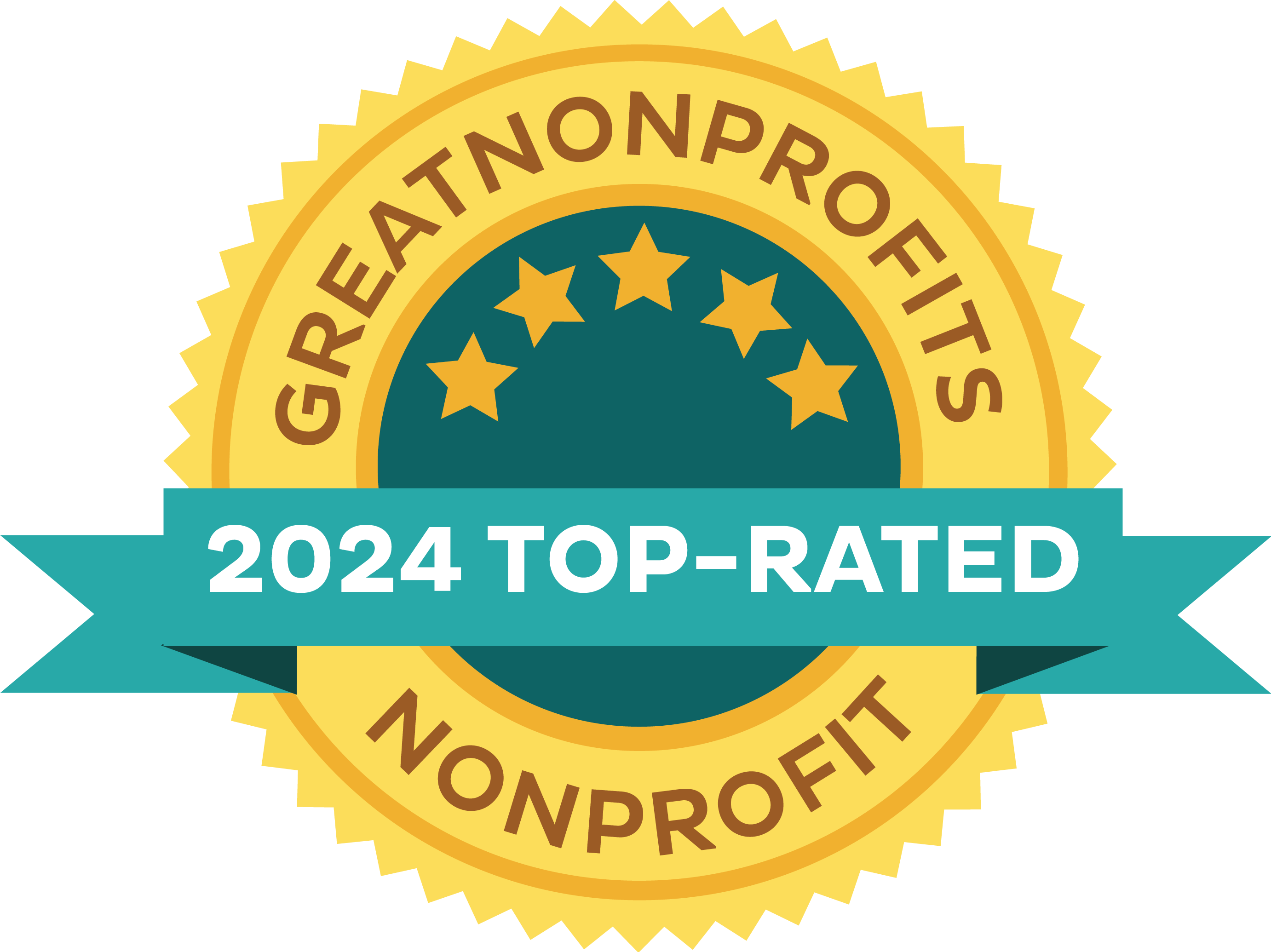Health education reimagined for today's generation
TeachAids is a world leader in designing, producing, and distributing health education.
Gold Standard of Research
Our research-based design process has been cited as a model health intervention 1
Proven Effectiveness
Our curricula outperforms other tested educational approaches
Global Distribution
Our free products have been viewed by hundreds of millions of youth in 82 countries
Partners, Supporters and Featured Press
Stay Connected
Receive updates on our work.



